Three Words - A Commemorative Exhibition in Celebration of Liu Haisu ’s Ninetieth Anniversary
- OGP

- Jan 30, 2020
- 6 min read
Updated: Oct 7, 2022
By OGP Reporters / Members Contribute File Photos
Oh Good Party
"From the beginning of a closed circle to the development of pluralism is what we call the beginning of the history of modern painting. Among them are many outstanding artists and educators, such as Xu Beihong, Liu Haisu, Lin Fengmian, Yan Wenliang and other generations. They have a decisive role in the development of modern painting, and their artistic practice has a profound significance. This significance is not only their own contribution to the painting art, but more importantly they open up a new artistic world, and inspire the exploration spirit of countless latecomers. " -- from "History of Modern Chinese Painting".
The 20th century Chinese students (International student) are among the most outstanding in the history of Chinese art. One of them. Liu Haisu, traveled to Europe not only to learn Western painting skills, but to introduced advanced teaching concepts, and propose to establish Chinese national museums, art galleries, and improve education system ways in art. "
“Using all of my strength, I will spread my country's culture, shining it among the stars." This is Liu Haisu's "Essay on European Tour", which expresses his feelings and experience after visiting Europe. It’s also the goal he always pursued in his life.
2020 is the 25th anniversary of the Shanghai Liu Haisu Art Museum. We were invited to take part in the "Liu Haisu Art Museum 25th Anniversary Exhibition" on January 15th. This exhibition consists of "Commemorative Exhibition in Celebration of Liu Haisu ’s Ninetieth Anniversary", "Liu Haisu's literature Exhibition", and "Liu Haisu's Huangshan Fine Research Exhibition of Collections", which shows the life stories of Liu Haisu from different angles.
The brilliant artist, Liu Haisu (1896–1994) was a painter, art educator, artistic rebel, exhibition organizer, and key figure in introducing Western art to China fine-art in the 20th century. He has served as first-class professor, dean and honorary dean of Nanjing Art Institute, honorary chairman of Shanghai Artists Association and consultant of China Artists Association. He was awarded the "Outstanding Achievement Award" by the Cambridge International Strategy Centre in the United Kingdom, and awarded the "European Palm Gold Award" by the Italian European Academy. As an art educator, he adopted the teaching methods of most Western art academies. The training for sketch skills as the foundation of painting Liu Haisu advocated is still being used in the Chinese contemporary art schools today.
Liu Haisu systematically learned the European art education system during his 31 months of the European tour. At the same time, the Chinese art theory was also transferred to Europe by Liu. Later, he also introduced Chinese modern art to Europe. The “Art Expeditions in Europe - A Commemorative Exhibition in Celebration of Liu Haisu ’s Ninetieth Anniversary" is the most impressive. His works of the exhibition began with the appointment of the Ministry of Education to Europe on September 12, 1926, and the second return to China on June 25, 1935, clearly explaining Liu Haisu ’s first European tour to learn the West Art, and bring Chinese art back to Europe.
Liu Haisu was ordered by the Ministry of Education to Europe for the first time from 1929 to 1931, mainly through 11 cities in 6 countries including France, Switzerland, Italy, Belgium, and Germany. He visited 16 art museums such as the Louvre and the Orsay Museum. Liu copied many famous works and completed more than 300 of them. He was selected twice in the French Autumn Salon. In his solo exhibition, his work "Snow of Luxembourg" was collected by the French National Gallery. Professor Lai Rua of the University of Paris highly praised Liu Haisu for his "communication and integration" between Chinese and Western paintings, calling it a pioneer of the Chinese Renaissance and a new force in the European art world.
We read Fu Lei ’s description in “Liu Haisu”: “One pot of boiling water, a few slices of bread, a plate of cold food ... since the sake of 'substance oppression', He can't eat the fixed-price dishes ('Oriental Rice Ticket') in the Chinese restaurant. "
Behind the glory is hard work. The international art scholars/students at that time could not be compared with the academic visitors today. Such as Liu Haisu can be said to have footprints in every art display area in Europe. They have gone through the difficult path of seeking art with a pilgrimage mentality and exploration and love of art. It was also them who passed on Chinese art theory to Europe.
On September 18, 1931, Liu Haisu returned to Shanghai, China. He wrote the "Reporting After Returning To The East" on the situation during the European tour, and proposed ways to improve Chinese art education. Various departments of Chinese painting, Western painting, pattern and art education have also been improved.
During this period, Liu Haisu held the "Exhibition of Works During European Tourism", and with Cai Yuanpei, Ye Gongchuo and other preparations for the "China Art Exhibition In Berlin". Through the recommendation of the organizing committee, more than 400 modern works of 260 artists, and 100 modern masterpieces were collected, and put on display in Germany..
Liu Haisu was ordered to Europe for the second time from 1933 to 1935. This time he was solely responsible for the "Chinese Modern Art Exhibition" jointly organized by the Chinese and German governments. The 230 works were exhibited, and the book of "Chinese Modern Famous Painting" was released. More than 3,000 guests attended the event, including the German Minister of Education, the Minister of Foreign Affairs and other ambassadors to Germany. It became the biggest grand view of European art at that time.
They were also held a series of events, in Berlin during the exhibition, including Liu Haisu's speech at the Prussian Academy of Fine Arts, "The Changes of the Chinese Painting School"; Lectured "What is Qi Yun" at the Oriental Language School of Berlin University, and he gave an impromptu painting. In addition to the Prussian Academy of Fine Arts, he also lectured on the "Ideological Elements of Chinese Painters" at the Hamburg Academy of Fine Arts; Lectured on "Chinese Paintings and Poems" in Dusitev Art Academy; Lectured on "Spiritual Elements of Chinese Painting" in the Netherlands; The Ruining Art Building in Nepal speech about "The Six Methods of Chinese Painting" and so on.
he second time lasted 15 months, from November 14th, 1933 to June 25th, 1935. Liu Haisu visited 11 cities with 11 touring exhibitions, 8 lectures, over 20 impromptu painting, and held a solo exhibition. He published several art critics and books that vividly introduced and propagated the characteristics of traditional Chinese culture and art to the European, and also made European artists to understand Chinese art.
In the 1920s and 1930s, Liu Haisu traveled to Japan twice and Europe, inspecting and talking about fine arts with famous artists from various countries. This modern painter, who advertised "self-expression" in the early 20th century, and claimed to be an "art traitor", gained valuable experience and prestige. Since we can be seen his works creates oil paintings from the perspective of Chinese painting, and blends the two.
In the "Liu Haisu's Huangshan Fine Research Exhibition of Collections", we can clearly see the obvious "Impressionist colour" changes style, showing "Infinite detail, free-spirited, fresh and bright emerging painting". Liu Haisu went to Huangshan for the third time in 1935. His works were making him a well-deserved "pioneer of China's new art movement" and "founder of modern art education."
"From the beginning of a closed circle to the development of pluralism is what we call the beginning of the history of modern painting. Among them are many outstanding artists and educators, such as Xu Beihong, Liu Haisu, Lin Fengmian, Yan Wenliang and other generations. They have a decisive role in the development of modern painting, and their artistic practice has a profound significance. This significance is not only their own contribution to the painting art, but more importantly they open up a new artistic world, and inspire the exploration spirit of countless latecomers. " -- from "History of Modern Chinese Painting".
Nowadays, with developed transportation and information network, cultural exchanges and art collisions in various countries have become more frequent and convenient, making travel or study in Europe and the United States has easier. We are very grateful for those pioneers who started the development of Chinese art accepting Western classic and realism art, and also bringing back modern Western art. They release inspiration into Chinese fine arts, especially traditional painting, forming, concept and thought. Mutual gains allow us to make progress together. To conclude we only have three words to say development, innovation, and integration.





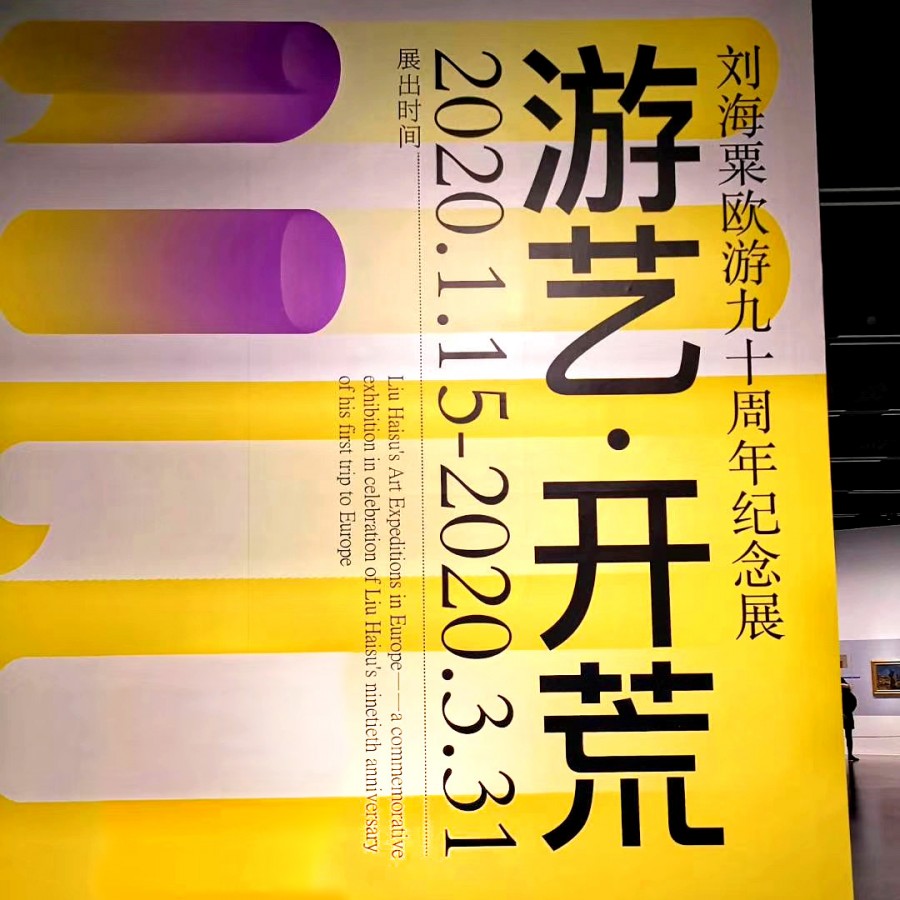

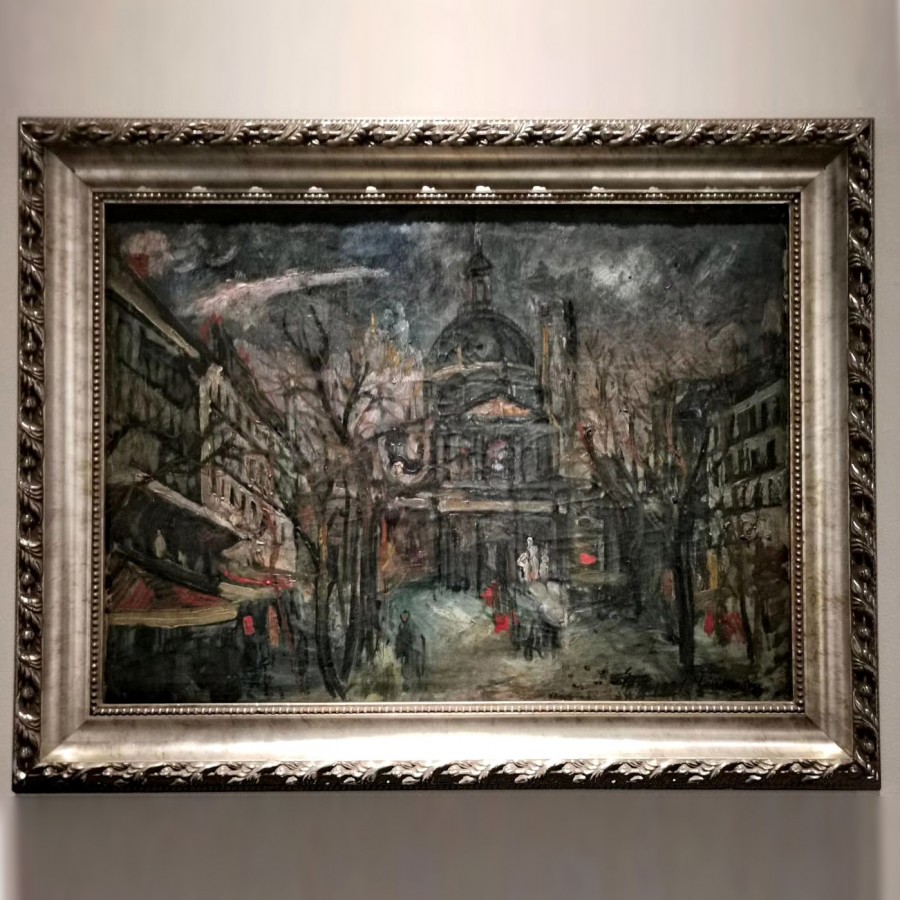

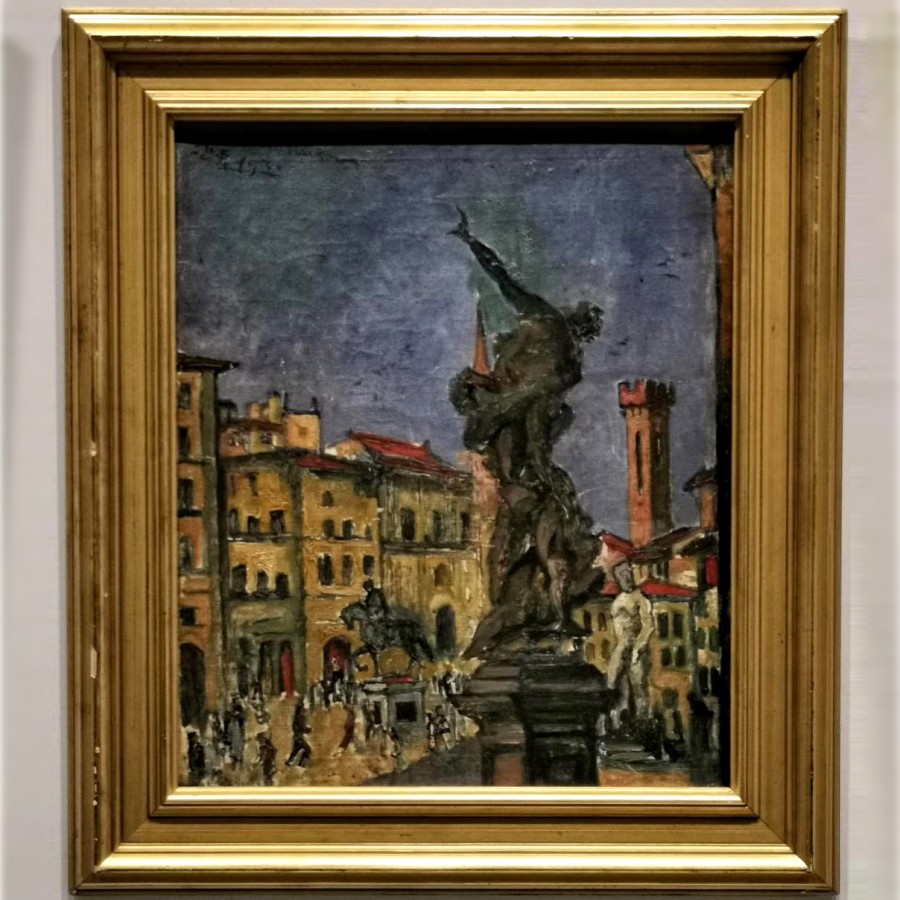



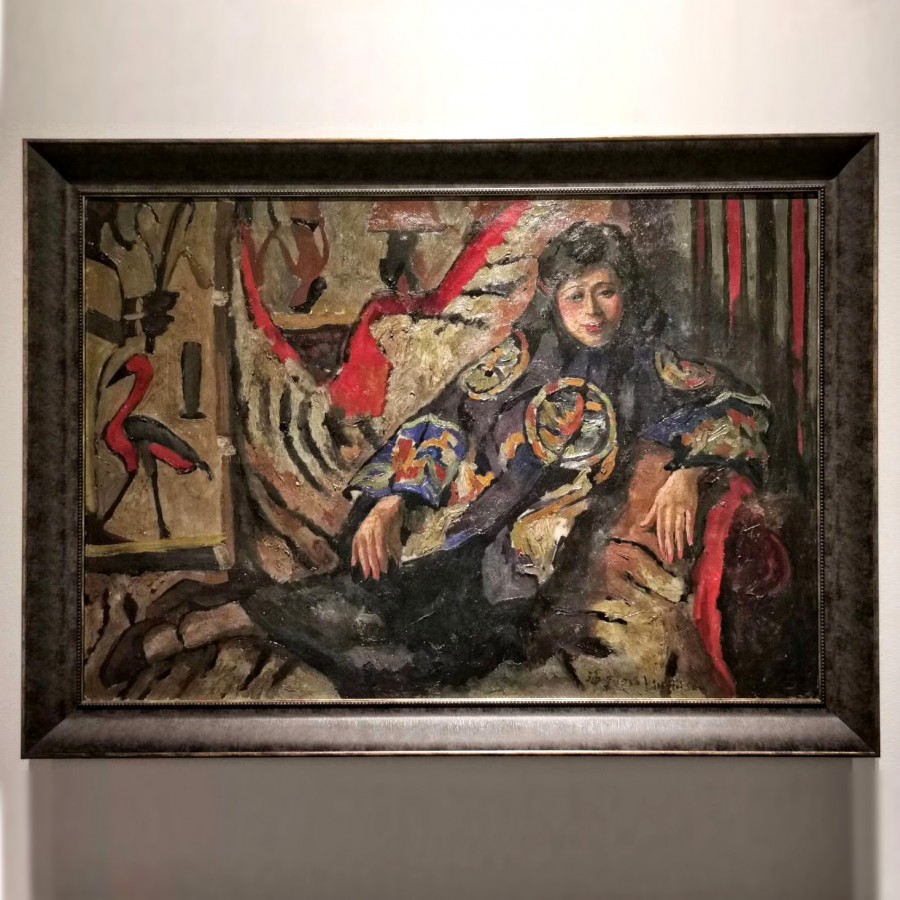

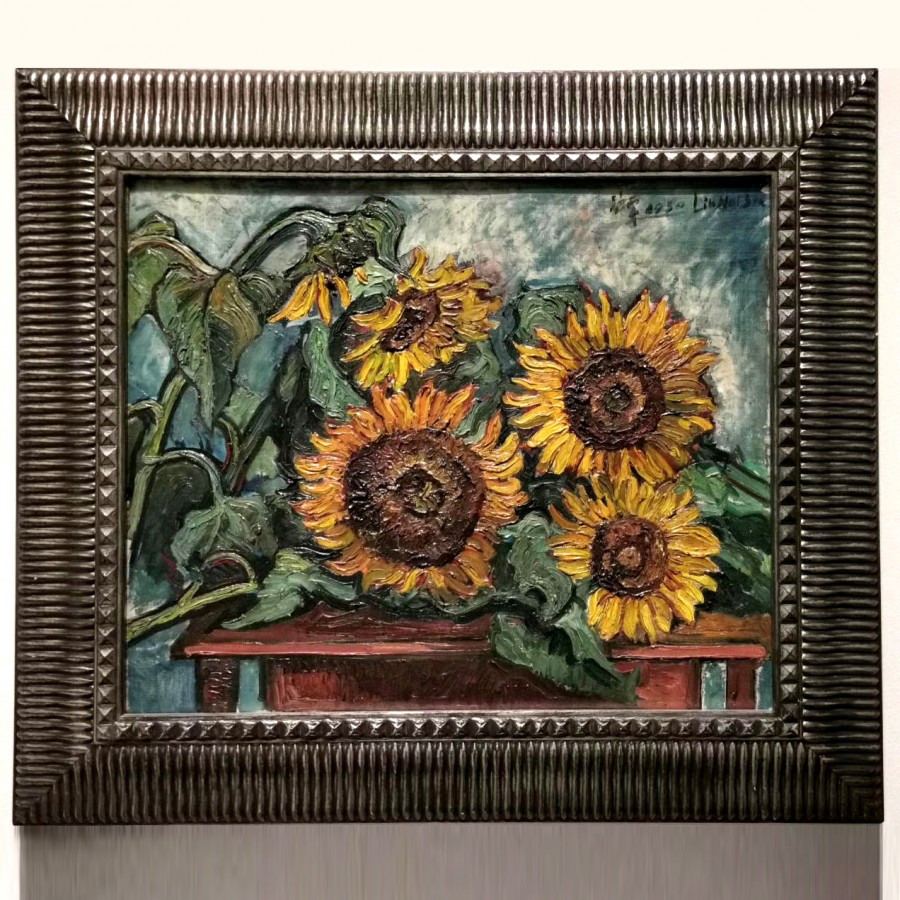

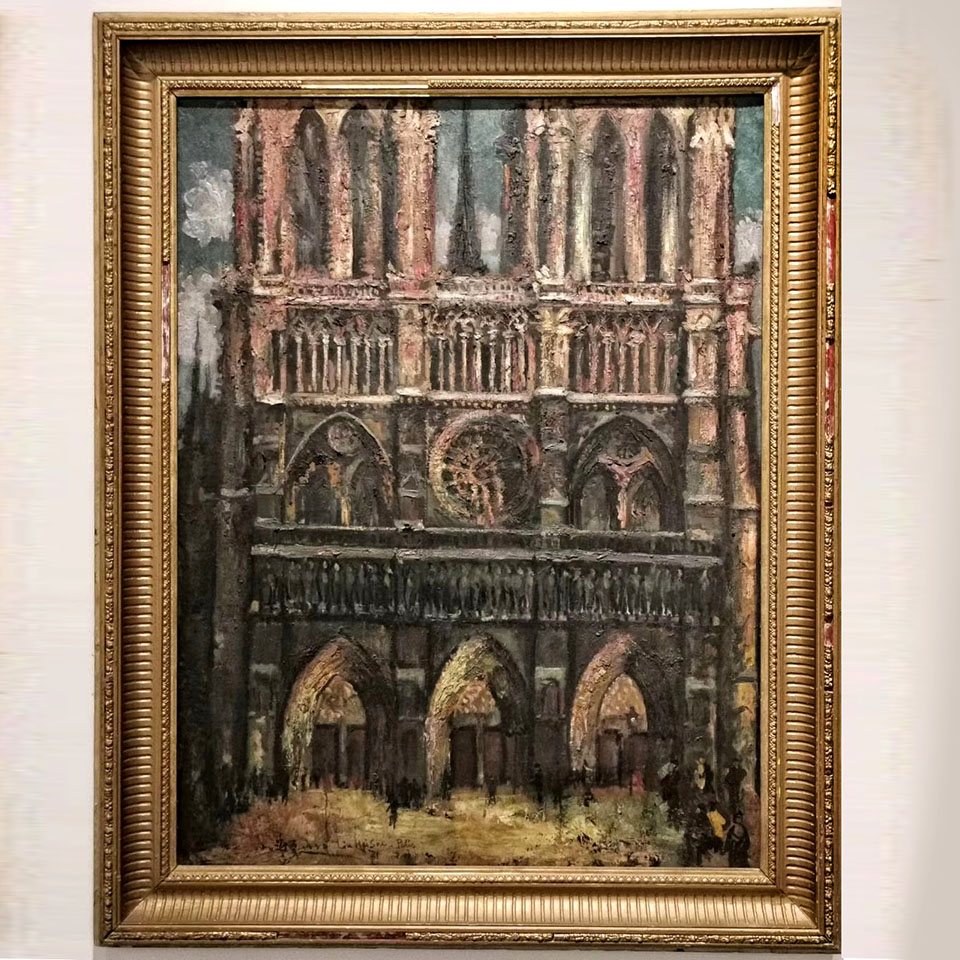



Comments